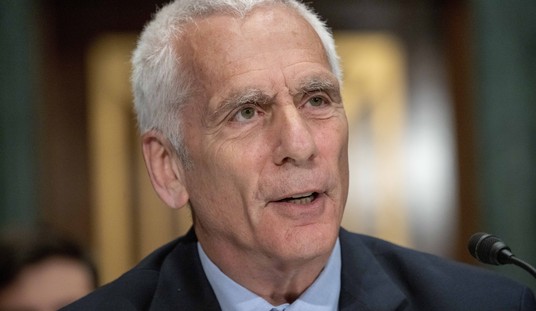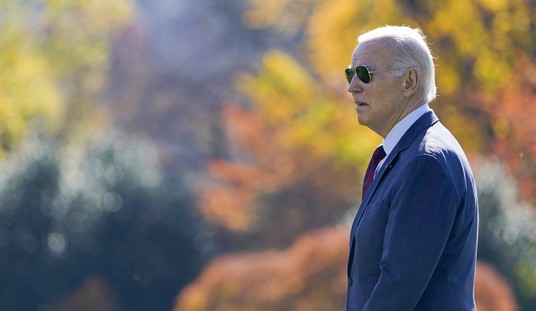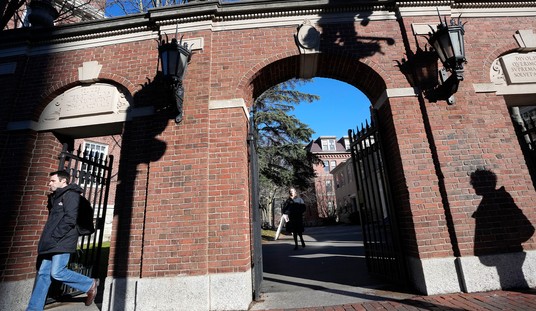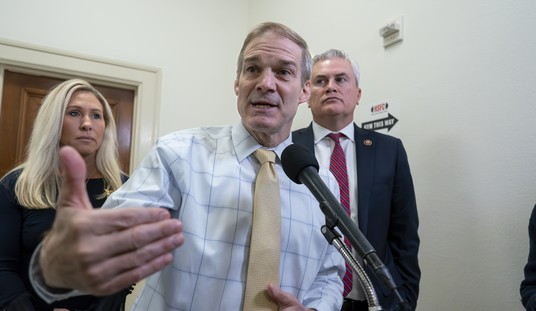Friendships are important. Aside from family, nothing is more important.
When one reflects on the state of generational affairs, it’s easy to play the “kids these days” card, especially if you are, like me, a Baby Boomer sliding past the mid-point of middle age (61). When I look back at my younger years, specifically when I was a teenager in the mid-late Seventies, some of my fondest memories revolve around the pack of woods bums, miscreants and ne’er-do-wells I called my friends—many of whom are still my friends today, including my best friend from high school who is still my best friend today. As you go through life, you meet all kinds of people and forge all kinds of new relationships, but it’s hard to match the kind of bond you have with the people you spent your youth with; that’s the kind of long, long history you just can’t make happen any other way.
It seems teenagers growing up in the age of social media may not be forging these bonds. That’s not only a shame, it may have long-term impacts on the socialization of young people.
Teenage friendship looks a lot different than it did just 20 years ago, and we may already be seeing the adverse repercussions. As San Diego State University professor of psychology Jean Twenge discussed in her recently published book, Generations: The Real Differences Between Gen Z, Millennials, Gen X, Boomers, and Silents, teens spend much less time socializing in person today than they did in the early 2000s.
“Beginning in the 2000s and accelerating during the 2010s, teens started spending less and less time with each other in person — whether that was just hanging out, going to the mall, driving around, or going to parties,” Twenge wrote.
You can probably guess why. For Gen Zers, born between 1995 and 2012, social media apps like Snapchat, Instagram, and TikTok largely supplanted in-person socializing. Friendship has moved online.
Before the younger readers go all “Okay, Boomer,” this is a matter of serious concern. You just can’t forge the same bonds online as you can by doing things together, and the teen years are where most people learn how to do those things. It was in my teen years that I became independent, started making decisions for myself. I forged friendships that lasted a lifetime.
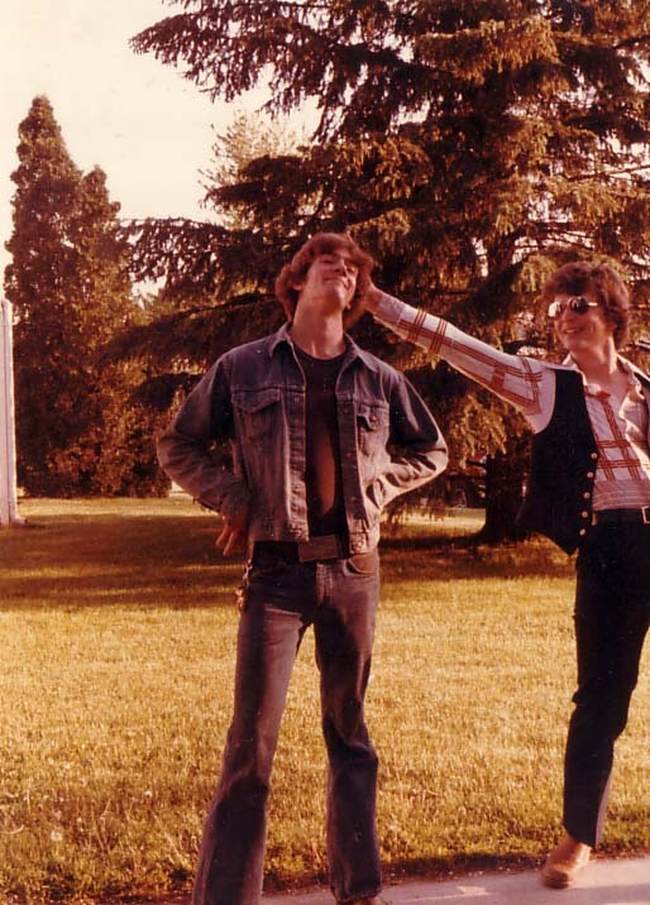
My friends and I made memories together – my old buddy Dave and I still, as far as we know, hold the world land-speed record for driving from the Decorah, Iowa, city limits to the Waterloo, Iowa, city limits (58 minutes – the statute of limitations is up, so what the hell.) I was a teenager the first time I had a beer with a buddy. I was a teenager the first time I looked into a girl’s eyes and told her I loved her. I was a teenager the first time I did so many things I can’t possibly list them all here, and looking back across the decades, I see so many of those things in the context of my friends who shared those events with me.
You can’t forge those kinds of memories on TikTok, Instagram, or Twitter. You just can’t. All of this is changing for the younger generation, and that will have effects we probably aren’t foreseeing.
What’s Happening?
Teens today are spending more and more time online, and less and less interacting with real people.
In 1996, 10th graders in the U.S. went out with friends an average of 2.5 times per week, according to the long-running Monitoring the Future project at the University of Michigan. A decade later, as AOL Instant Messenger became popular, that number had fallen slightly to 2.3 times per week. By 2020, before the pandemic upended life in the U.S., the rate had collapsed to 1.5 times per week.
The swift social upheaval revealed in the data is striking. Starting in 2012, when for the first time the majority of teens owned smartphones and more than 70% used social media daily, teens started seeing each other in person less and less outside of school settings.
“Adolescents and young adults in 2019 spent 25 minutes less a day socializing in person with others than those in 2012,” Twenge wrote. “That translates to three hours a week, 13 hours a month, and 152 hours a year less in the company of others.”
A tenth-grader would be sixteen years old, more or less.
When I was sixteen I had my driver’s license, which was significant since we lived twenty miles from the nearest town, although I had owned a car and had been driving all over the county for over a year before receiving that state-issued sanction for operating a motor vehicle. I spent more time hanging out with my friends than I did at home. Is that a good thing or a bad thing? Aspects of both, I suppose, but the trend in today’s teens is troubling for reasons we never could have foreseen back then:
As data from Monitoring the Future shows, the proportion of 12th graders in the U.S. with high depressive symptoms remained fairly consistent between 1989 and 2012, between about 10% and 15%. Since then, that rate has nearly doubled. A CDC report published earlier this year showed that teen girls are experiencing higher rates of mental health problems compared to past years, with the proportion reporting that they have seriously considered suicide up almost 60% from a decade ago.
It’s annoyingly common for adults to fret and complain about “kids these days.” However, this seismic shift in the nature of teen friendship seems to be a different beast entirely, with genuinely nefarious effects compared to the imagined problems posed by rock music, video games, and all the other trends that adults squawked about in recent decades. None of these fundamentally altered how teens socialize. Social media has. And the experiment has already had decidedly negative results.
What’s the Solution?
There are other effects of the social media phenomenon as well. Social media can spread social contagion. It can be used for nefarious purposes. But I’m afraid the effects on youth by the lack of socialization may be one of the worst side effects.
Not every problem has a solution. There’s no easy fix the issues caused by social media. Any attempt by government to address this will doubtlessly make things worse, and is likely to be a violation of the First Amendment – not that constitutionality had been stopping various levels of government from trying anything for the last few decades.
What may help, what may be the only thing that will help, is parenting. Anyone with small children today, spend time with them yourselves and, more to the point, make sure they spend time with other children, face-to-face, in real time. Help them learn how to forge those bonds. We are social creatures, and need those bonds of friendship to maintain our mental health. We may have already lost a generation to this issue; we can’t afford to lose another.




